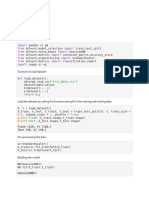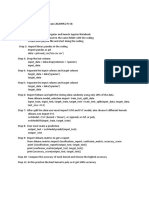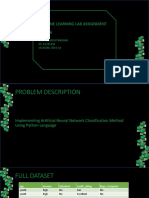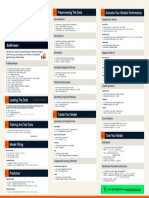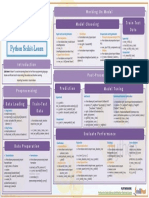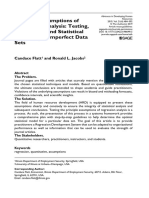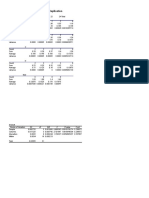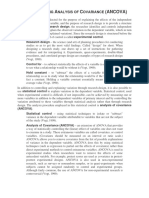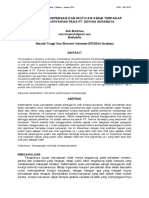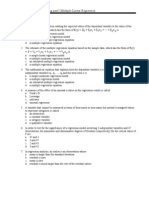0% found this document useful (0 votes)
15 views7 pagesMachine Learning Assignment
This document presents a comprehensive analysis of student performance using various machine learning techniques, including regression, classification, and clustering models. Key methods employed include Linear Regression, Logistic Regression, Decision Trees, and K-Means Clustering, with evaluation metrics such as R² Score and Confusion Matrix. The analysis aims to predict student performance based on the dataset from Kaggle, showcasing the effectiveness of each model.
Uploaded by
www.shashanksaini1111Copyright
© © All Rights Reserved
We take content rights seriously. If you suspect this is your content, claim it here.
Available Formats
Download as PDF, TXT or read online on Scribd
0% found this document useful (0 votes)
15 views7 pagesMachine Learning Assignment
This document presents a comprehensive analysis of student performance using various machine learning techniques, including regression, classification, and clustering models. Key methods employed include Linear Regression, Logistic Regression, Decision Trees, and K-Means Clustering, with evaluation metrics such as R² Score and Confusion Matrix. The analysis aims to predict student performance based on the dataset from Kaggle, showcasing the effectiveness of each model.
Uploaded by
www.shashanksaini1111Copyright
© © All Rights Reserved
We take content rights seriously. If you suspect this is your content, claim it here.
Available Formats
Download as PDF, TXT or read online on Scribd
/ 7














